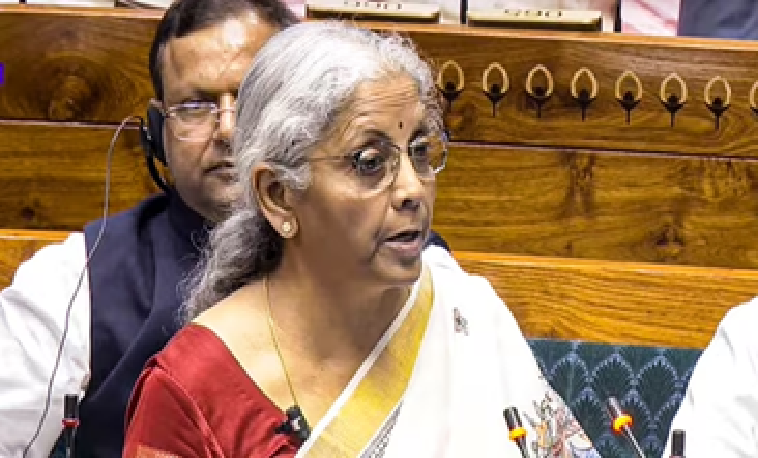
Novelist, poet, author decode post colonial films
V Aishwarya | NT
Bengaluru: “Art Cinema and India’s Forgotten Futures” was an event organised by the Bangalore International Centre recently where the role of films in postcolonial public life was discussed briefly.
Novelist, essayist, poet, and musician Amit Chaudhuri and Rochona Majumdar, Associate Professor, Departments of South Asian Languages and Civilizations and Cinema and Media Studies, University of Chicago, discuss the function of art films in postcolonial public life using concepts from the book Art Cinema and India's Forgotten Futures as a fulcrum.
In the years after India gained its independence in 1947, the idea of Indian art cinema got underway, simultaneously recalling the worldwide reach of the term "art film" and appealing to the aspirations of the young nationstate.
On being asked why did she choose this particular topic to write a book, she answered, “ when I was growing up in Kolkata, we knew that I mean vaguely that there was a distinction between art and commercial films. But at my house, we watched everything. When I joined a film club at Presidency college, I got to know about a lot of films which I have mentioned in the book as well.” As per Rochona Majumdar, "To restore specific archives, I used specific techniques.
They are extremely ephemeral film societies' archives, not state archives. But once more, I have to decode them to see what aspirations they represent, such as why would a group of about 100,000 people, I believe at the height of the Film Society movement be so committed to watching non-Hollywood, nonmainstream Indian language films and that too in appalling circumstances?
"Rochona Majumdar’s book“ Art Cinema and India’s Forgotten Futures” examines the desire to create a new cinematic culture for the young country that was shared by filmmakers as well as a wide range of film societies and media. Good movies would aid in the development of good citizens; art cinema would not only gain international renown but also mould sophisticated people capable of making informed political and aesthetic decisions.
However, in the 1960s, the key pioneers of Indian art cinema, Satyajit Ray, Mrinal Sen, and Ritwik Ghatak, lost faith in the notion that cinema was essential to a country's progress. Majumdar argues that rather, these artists' works represented the unresolvable paradoxes of the postcolonial present and hinted at potential but unrealized futures. The phrase "art cinema" is contentious and frequently used incorrectly.
Filmmakers are becoming warier of such phrasings because they worry that it would restrict audience access and jeopardise their pictures' financial prospects. In India, the narrative treatment, subject matter selection, choice of performers, and slow pacing are all characteristics that have come to be associated with art cinema.
The word in many respects assisted in defining a specific film technique that resisted the expectations of the mainstream or the blockbuster movie. A certain type of multiplex cinema that targets a class of urban, affluent, Englishspeaking, and upwardly mobile has evolved out of art film over time. State funding was crucial to the success of art cinema, as is well documented.
This is sometimes viewed as the state's attempt to produce a high-quality, realistic film or to establish criteria for a high-quality film. This also raises the question of whether or not all art film is high quality. Is experimentation always a step forward? A critical history of art cinema that assesses films based on their substance would be beneficial to all of us.
Even though art cinema changed the aesthetics of Indian filmmaking, it was mostly influenced by European culture. Additionally, a lot of these movies tried to unify their European influences with an Indian location and plot, thus coming out as highly disconnected. Lest we forget, European experimental film emerged from a very particular setting.
\Rochona says that a chapter in her book is devoted to the film society movement, which was crucial in promoting art films in India. She also claims that by screening films that were considered to be intellectual, these cinema organisations served as gatekeepers or purveyors of good taste.
The book also discusses the influence of opinion leaders and reviewers like Marie Seton, who made Satyajit Ray a symbol of Indian art film. Like other specialised creative forms, Indian art cinema is without a doubt elitist. The marginalised and oppressed groups had little to no access to these films, notwithstanding the filmmakers' claims that they were grounded in reality or accurately portrayed them.
A chapter in her book is devoted to the film society movement, which was crucial in promoting art f
 English daily published in Bengaluru & Doha
English daily published in Bengaluru & Doha






